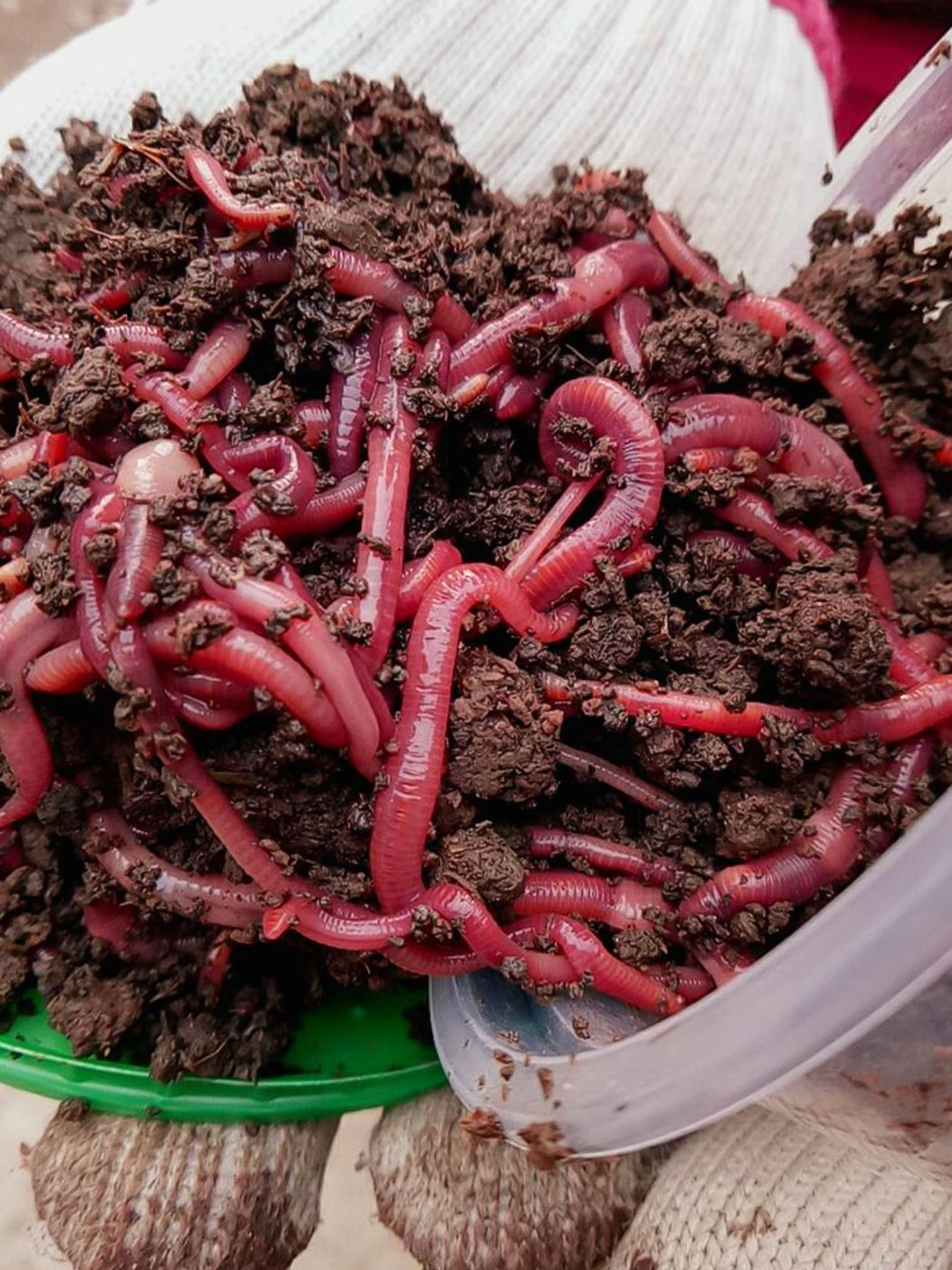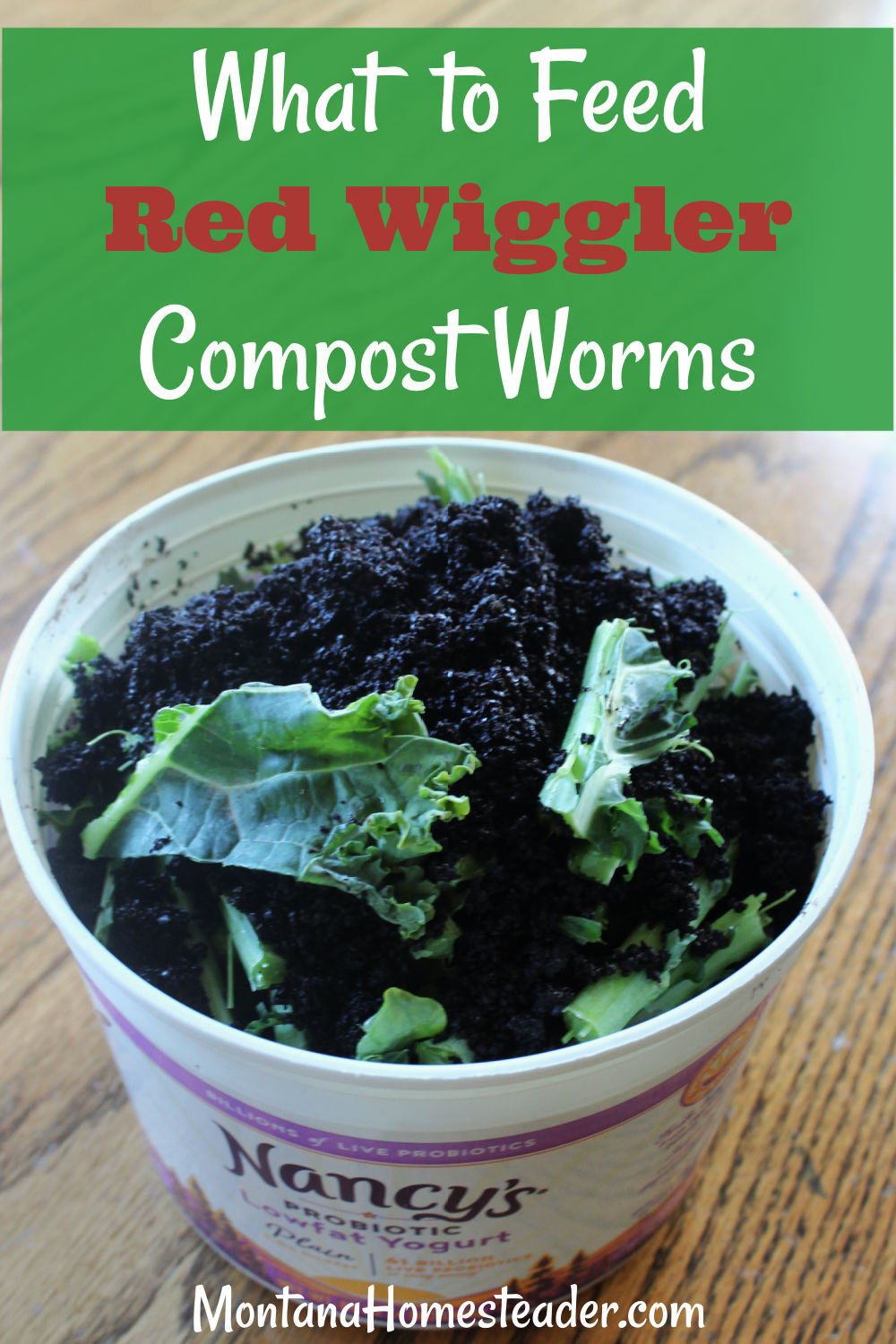Red Wigglers: The Unsung Heroes of Organic Waste Recycling
Red wigglers, or Eisenia fetida, act as crucial representatives in the natural waste reusing process, changing discarded materials right into important vermicompost. Their efficient break down of organic matter not only boosts dirt quality but additionally contributes to lasting waste monitoring practices. As the globe significantly seeks options to fight waste accumulation and enhance agricultural productivity, understanding the role of these worms ends up being essential. What mechanisms permit them to prosper in compost atmospheres, and how can they be successfully used in both domestic and industrial setups? Exploring these concerns discloses the wider ramifications of vermicomposting in our environmental landscape.
What Are Red Wigglers?
The remarkable strength of red wigglers, medically referred to as Eisenia fetida, highlights their important duty in organic waste recycling. These tiny, reddish-brown earthworms are normally discovered in breaking down organic issue, such as compost piles and manure heaps. Lake Hickory Bait. Unlike various other earthworm species, red wigglers flourish in nutrient-rich settings and are extremely effective at damaging down organic materials, making them necessary for vermicomposting

(Red Wiggler Express)In addition to their role in waste reduction, red wigglers add to soil health by boosting dirt structure and oygenation with their tunneling tasks (Lake Hickory Bait). Their presence in composting systems not just boosts decay prices but likewise promotes a lasting technique to lose monitoring, showing their significance in eco-friendly conservation initiatives
Advantages of Composting With Worms
Composting with worms, specifically red wigglers, offers numerous benefits that boost both waste management and dirt health and wellness. First, these worms successfully break down natural waste, converting it into nutrient-rich vermicompost that enhances dirt. This process increases disintegration, allowing for a quicker recycling of cooking area scraps and various other organic materials compared to typical composting methods.
In addition, the vermicompost generated by red wigglers is including advantageous microbes, which aid boost dirt structure, aeration, and dampness retention. This enhances the general wellness of plants, promoting strenuous development and enhanced returns in yards and farming setups. In addition, using worms in composting decreases the manufacturing of greenhouse gases, such as methane, adding to a more lasting waste monitoring system.

How to Beginning Vermicomposting
Developing a vermicomposting system is a simple procedure that can yield considerable advantages for both waste management and soil enrichment. To begin, check out here select an appropriate container, such as a plastic container or wood box, with sufficient ventilation holes to guarantee correct airflow. The dimensions ought to preferably be about 2 feet by 3 feet, enabling ample room for the worms to flourish.
Next, prepare bed linen material, which can contain shredded newspaper, cardboard, or coconut coir. This bed linens should be moistened to create an ideal environment for the worms. Once the bedding is in area, present red wigglers (Eisenia fetida) right into the container, generally around one pound of worms for every square foot of surface area.
Following the positioning of worms, add natural waste, such as vegetables and fruit scraps, coffee premises, and crushed eggshells. Prevent adding dairy products, meat, or oils, as these can create smells and bring in bugs. Place the container in a shaded, temperature-controlled area to maintain optimum problems for worm task. With these actions, you will efficiently start a vermicomposting system that adds to lasting waste administration and enriches your soil.
Maintaining a Healthy Worm Bin
(Lake Rhodhiss Bait)Maintaining a worm bin flourishing calls for routine attention and like ensure the health of the red wigglers and the efficiency of the composting procedure. Correct upkeep starts with keeping track of the moisture degrees; the container needs to perspire yet not soaked. A great guideline is to maintain a consistency comparable to a wrung-out sponge.
Delicately blending the bed linen and food scraps every few weeks protects against compaction and ensures that all worms have accessibility to oxygen. Furthermore, it is vital to feed the worms appropriately.
Temperature policy is one more essential aspect. Red wigglers grow in a variety of 55 to 77 degrees Fahrenheit. If the bin becomes as well warm or cool, the worms may become worried - Lake Hickory Bait. Finally, periodically check for signs of health and wellness, such as worm population development and the existence of healthy castings. By diligently handling these variables, one can keep a durable and productive worm container.
Influence on Lasting Living
The effective upkeep of a worm bin not just profits the health of red wigglers however likewise contributes substantially to sustainable living techniques. By reusing organic waste, such as kitchen scraps and yard particles, red wigglers aid divert considerable amounts of product from garbage dumps. This reduction in waste not only decreases greenhouse gas emissions but likewise decreases the environmental worry connected with waste administration.
Furthermore, the spreadings generated by red wigglers work as a nutrient-rich natural fertilizer, improving soil health and wellness and promoting plant growth. This all-natural alternative to chemical fertilizers sustains lasting farming and horticulture methods, minimizing reliance on synthetic inputs that can hurt ecosystems. In addition, worm composting fosters recognition of waste management, motivating individuals and communities to embrace more lasting behaviors.

Verdict
In recap, red wigglers offer as essential factors to organic waste reusing through their efficient decay of organic materials. By incorporating vermicomposting into waste monitoring strategies, individuals and communities can considerably lower waste while advertising environmental sustainability.